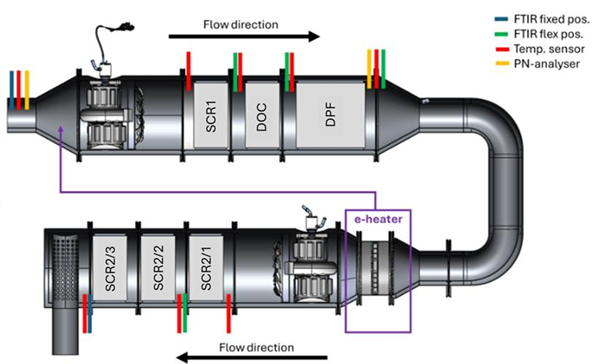
Dinex outlines Technologies for Low NOx Non-Road engines
![]()
A potential technology pathway for meeting upcoming California low NOx standards for off-highway machinery was shown by Dinex at a recent conference.

![]()
A potential technology pathway for meeting upcoming California low NOx standards for off-highway machinery was shown by Dinex at a recent conference.

![]()
EU Commission finds real-world CO2 emissions from cars and vans in Europe greatly exceed lab certification values. Plug-in hybrids are not being charged as much as estimated.
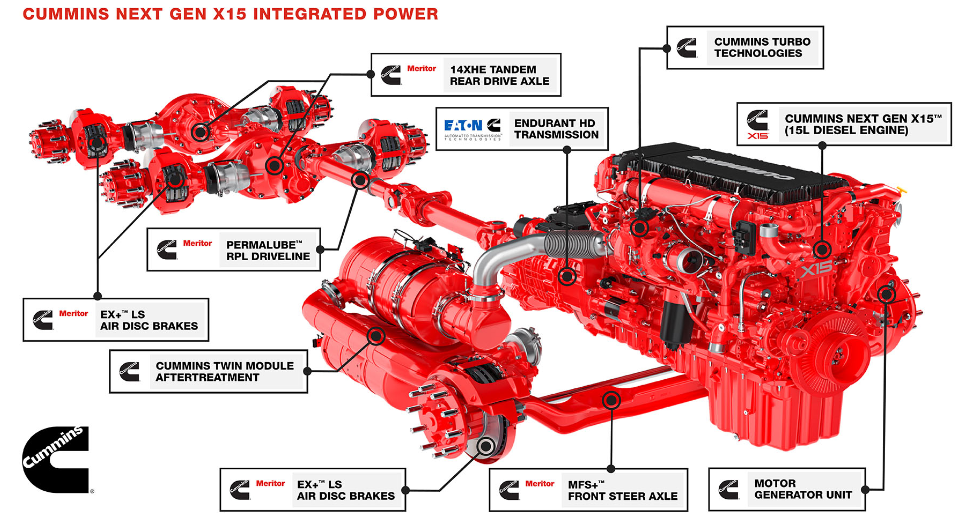
![]()
Cummins has announced the next generation X15 diesel engine with improved performance and meeting the MY 2027 EPA/CARB Low NOx regulations.
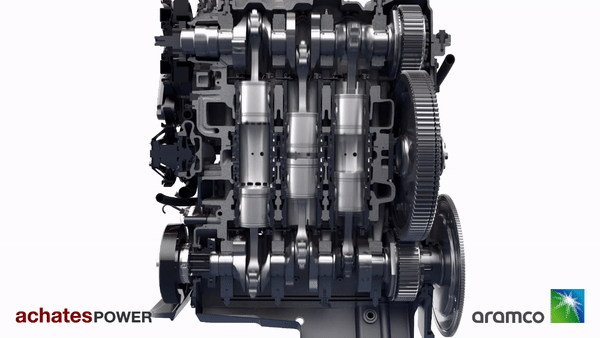
![]()
Opposed piston engines are being developed as a tool to reduce CO2 and NOx emissions from heavy-duty trucks. Here’s a deeper look into this technology and recent test results.
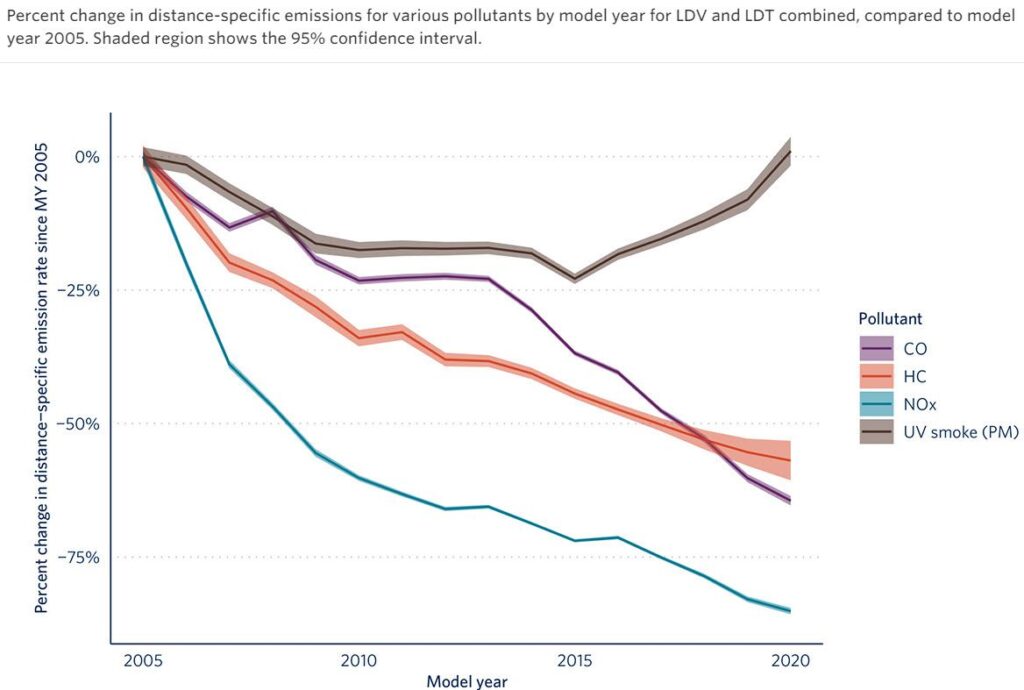
![]()
Analysis of millions of remote sensing measurements of vehicle tailpipes shows that particulate emissions from U.S. cars are still at 2005 levels, despite the availability of technology which has been used in Europe and China.
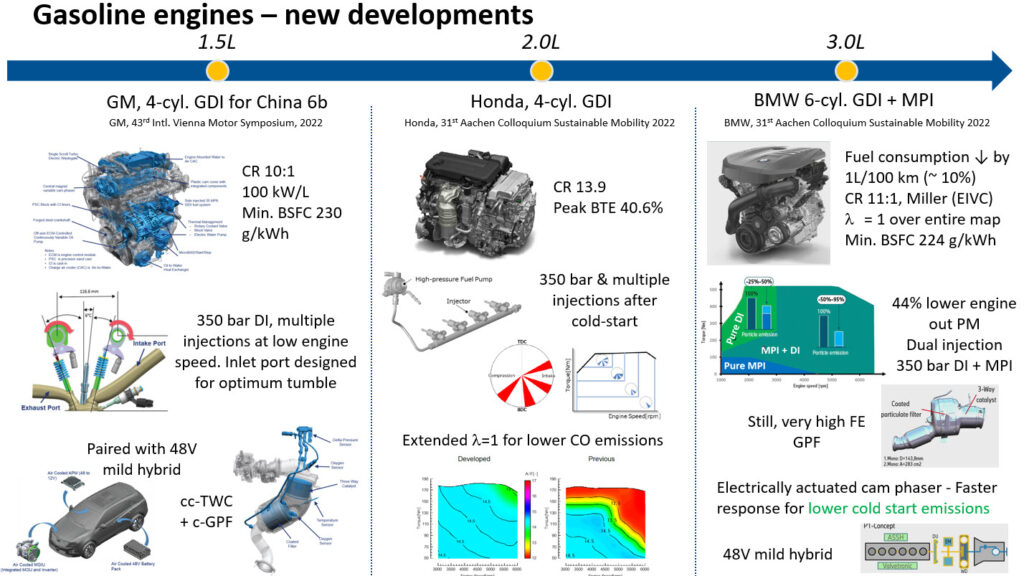
![]()
Yes, OEMs continued developments of new gasoline engines in 2022. Here’s a short write-up of key technologies added covering a range of 1.5L to 3L engines.
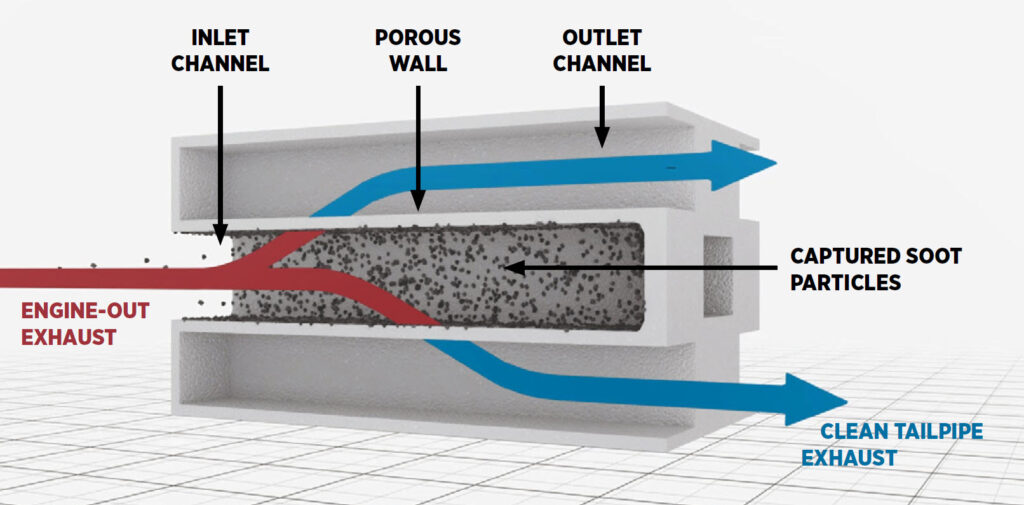
![]()
Each year, millions of people die prematurely because of exposure to fine particles emitted as a result of fossil fuel combustion. Europe and China have taken steps to address particulates from passenger cars. Upcoming US regulations provide an opportunity to catch up.
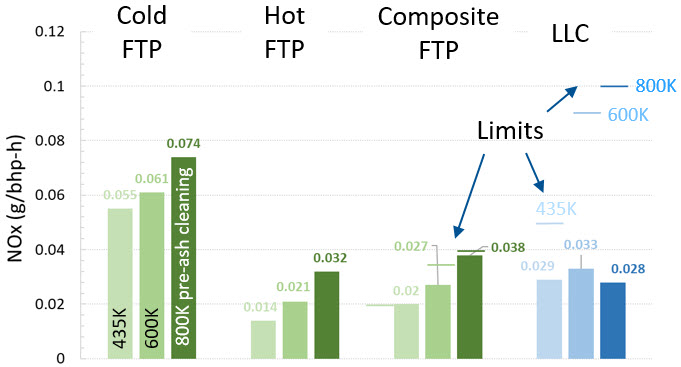
![]()
This is part 1 of 2 technology updates on pathways to meet the low NOx standards for heavy-duty vehicles set by California and being considered by the EPA for nationwide implementation starting model year 2027.

![]()
Starting with Euro 7 regulations in Europe, particles down to 10 nm will be counted and regulated, a change from the current cut-off of 23 nm, reflecting both the increasing awareness of health impact due to ultra-fine particles and also improved measurement capabilities. We give an overview of the issue.
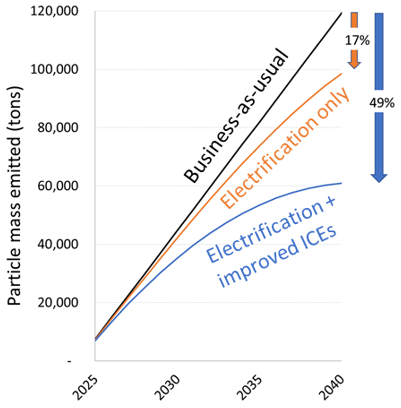
![]()
A simple calculation, taking the US as an example, to show that improving air quality for the next couple of decades will require that we continue to improve IC engines, even as electrification proceeds rapidly.